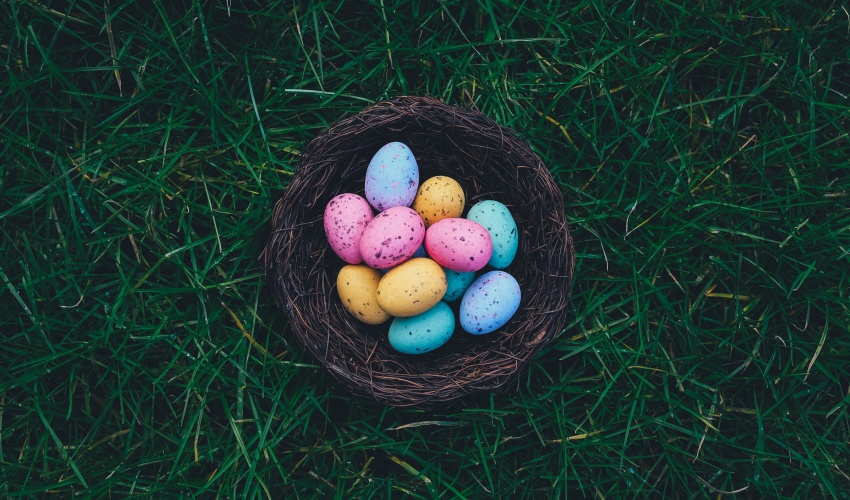Easter in Poland, a week full of unique traditions
Easter is the major holiday in Poland after Christmas. Instead of one day of celebration, Easter is being celebrated in a full week. Easter in Poland is celebrated according to the Western Roman Catholic calendar. The celebration starts from the last Sunday before Easter (Palm Sunday/Niedziela Palmowa), until the next Monday (Wet Monday/Śmigus-Dyngus). Find out about how people in Poland celebrate Easter in the following article!
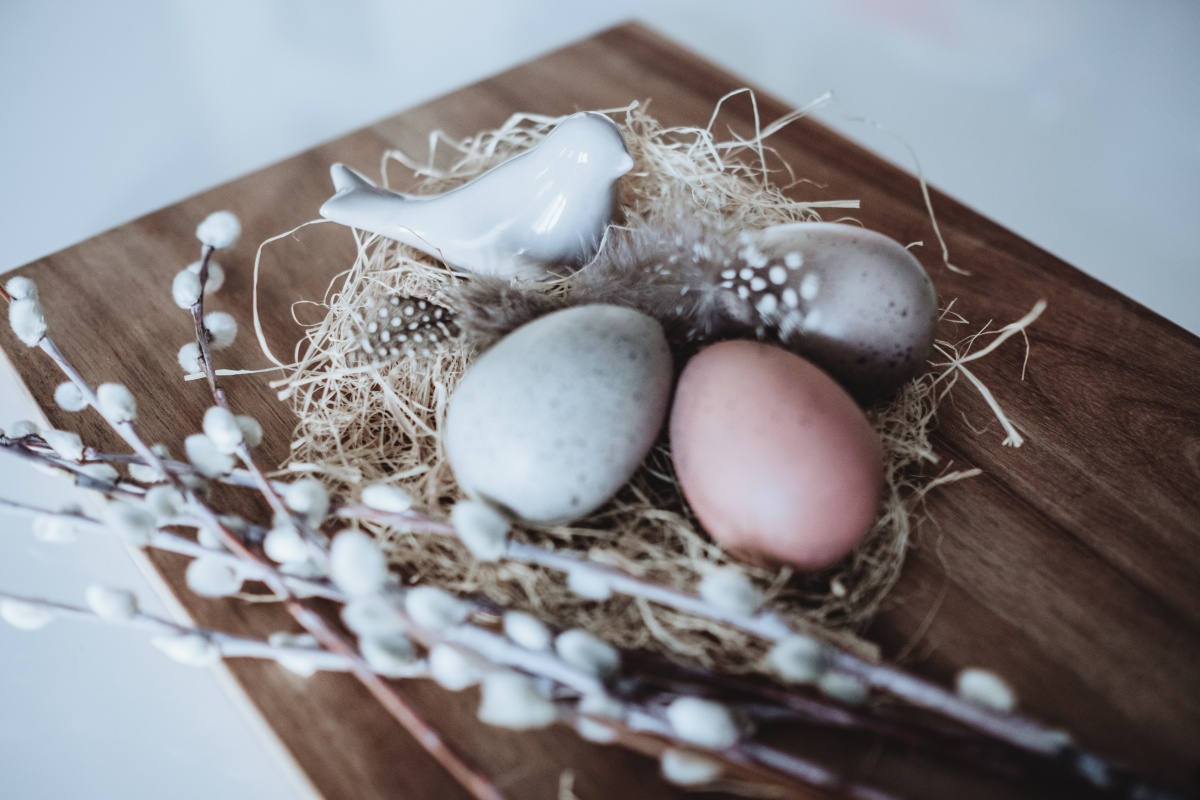
On Palm Sunday, the church attendance brings willow branches or handmade bouquets of dried flowers as the substitute for palm leaves since palm trees are rare in Poland. According to Catholic tradition, the day marks the entrance of Jesus in Jerusalem.
The Holy Week preceding Easter (Palm Sunday, Maundy Thursday, Good Friday, and Holy Saturday) involves spring cleaning, such as repainting the barns in the countryside. On Good Friday, the day that marks the death of Jesus Christ, Catholics are obligated to do religious fasts with a certain degree of strictness. People will also visit the representation of the tomb of Jesus Christ to mourn and pray, the tomb usually being decorated to mark the special occasion.
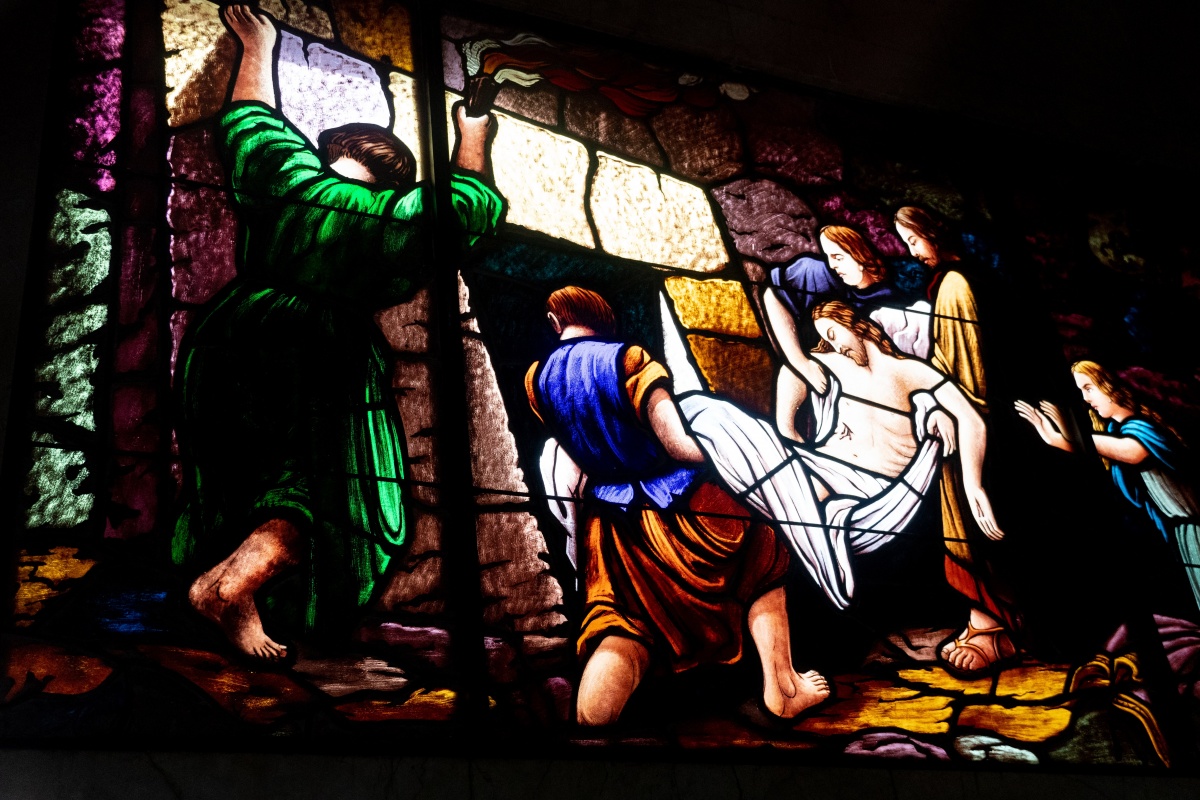
On Holy Saturday, Poles prepare a festive Easter basket decorated with lace napkin and sprigs of boxwood. The basket contains painted hard-boiled eggs (pisanki), a piece of meat, salt and pepper, bread, and other dishes including a cake in the form of lamb to symbolize Christ. This beautifully decorated basket will be brought to church to be blessed.
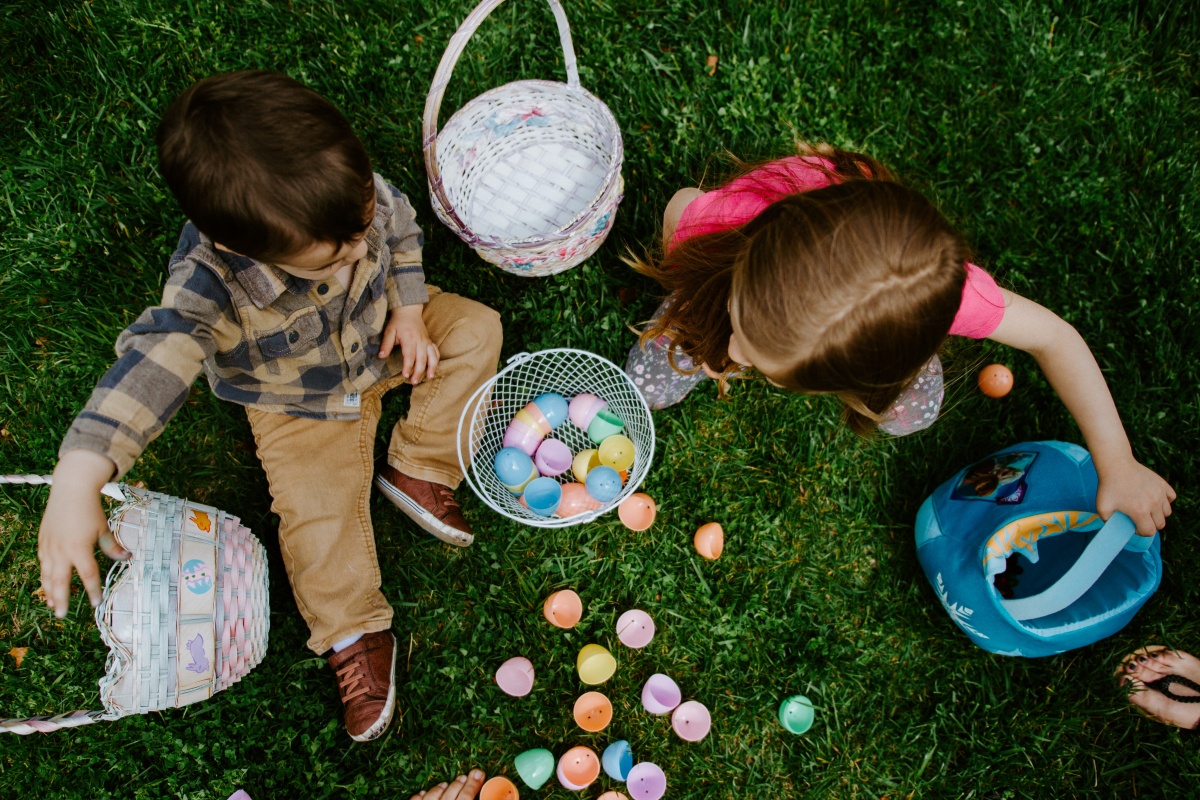
Easter Sunday is the core of the celebration for Poles. It is the time when the entire family will gather to eat breakfast. Just like during Christmas dinner, the family would share opłatek (Christmas wafer) before breakfast and greet each other for a happy and enjoyable Easter day.
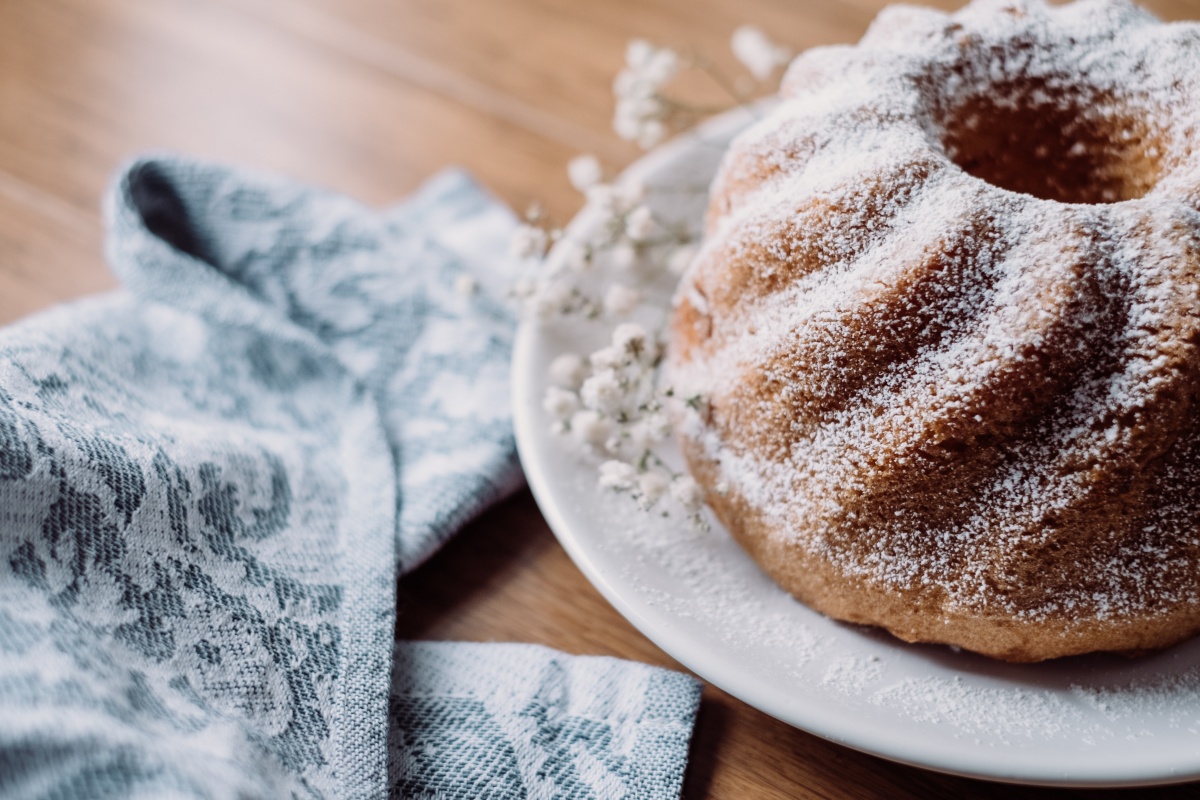
Beside the wafer, wedges of the blessed hard-boiled egg from the Easter basket are also shared. Easter Sunday often considered a day-off from the spring diet. Various types of dishes would be served such as ham, sausage, roasted meats,pâté (pasztet), eggs, horseradish relish, bread, sweet yeast cake with a hole in the middle (babka), and of course, Polish cheesecake (sernik)!
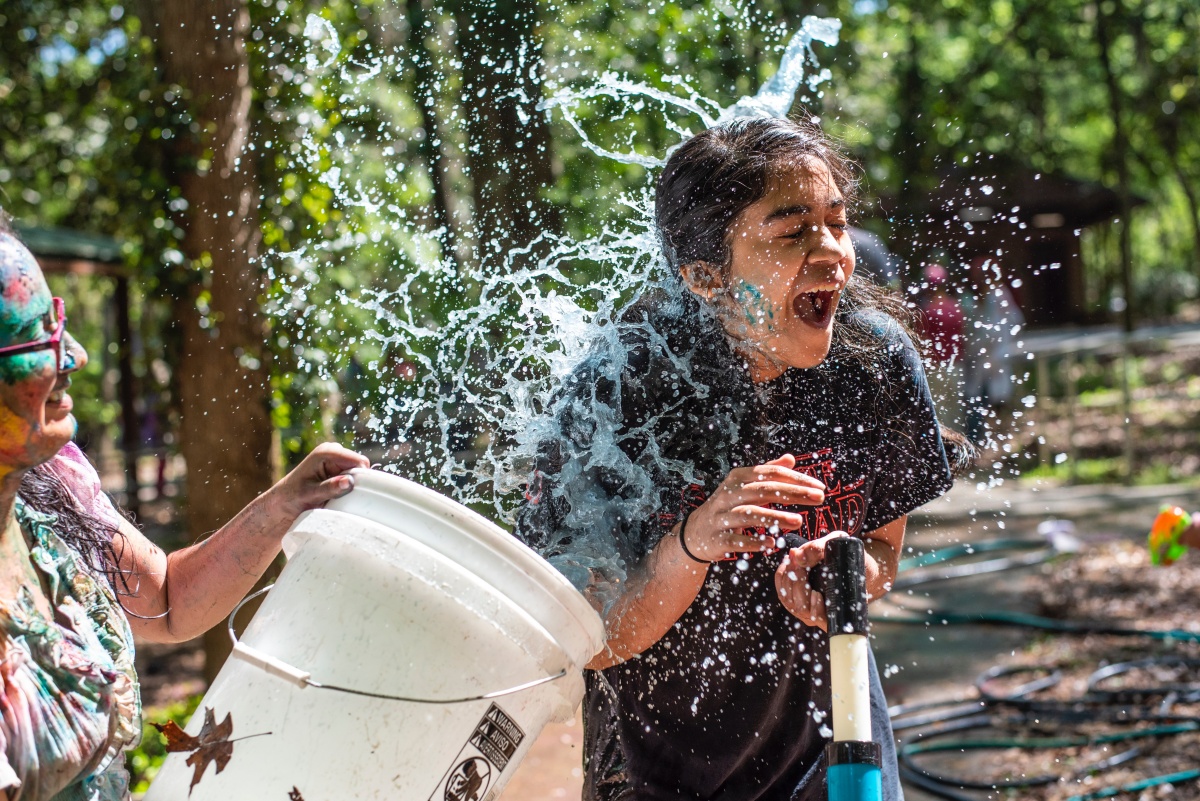
Last but not least, the famous Śmigus-Dyngus on Easter Monday, is the tradition that involves people throw abundant water at each other. But why? Nice question! The tradition dates back to the 14th century, it is connected with pre-Christian origin, along with March equinox and the coming of spring as water symbolized life and renewal. Not only in Poland, but it is also being celebrated in other parts of Central and Eastern Europe. Be prepared with a raincoat or an umbrella on Śmigus-Dyngus, Happy Easter!
Photos: Brady Leavell, Freestocks, Jessica Cao, Obed Hernandez, Gabe Pierce, and Rod Long via Unsplash.com

